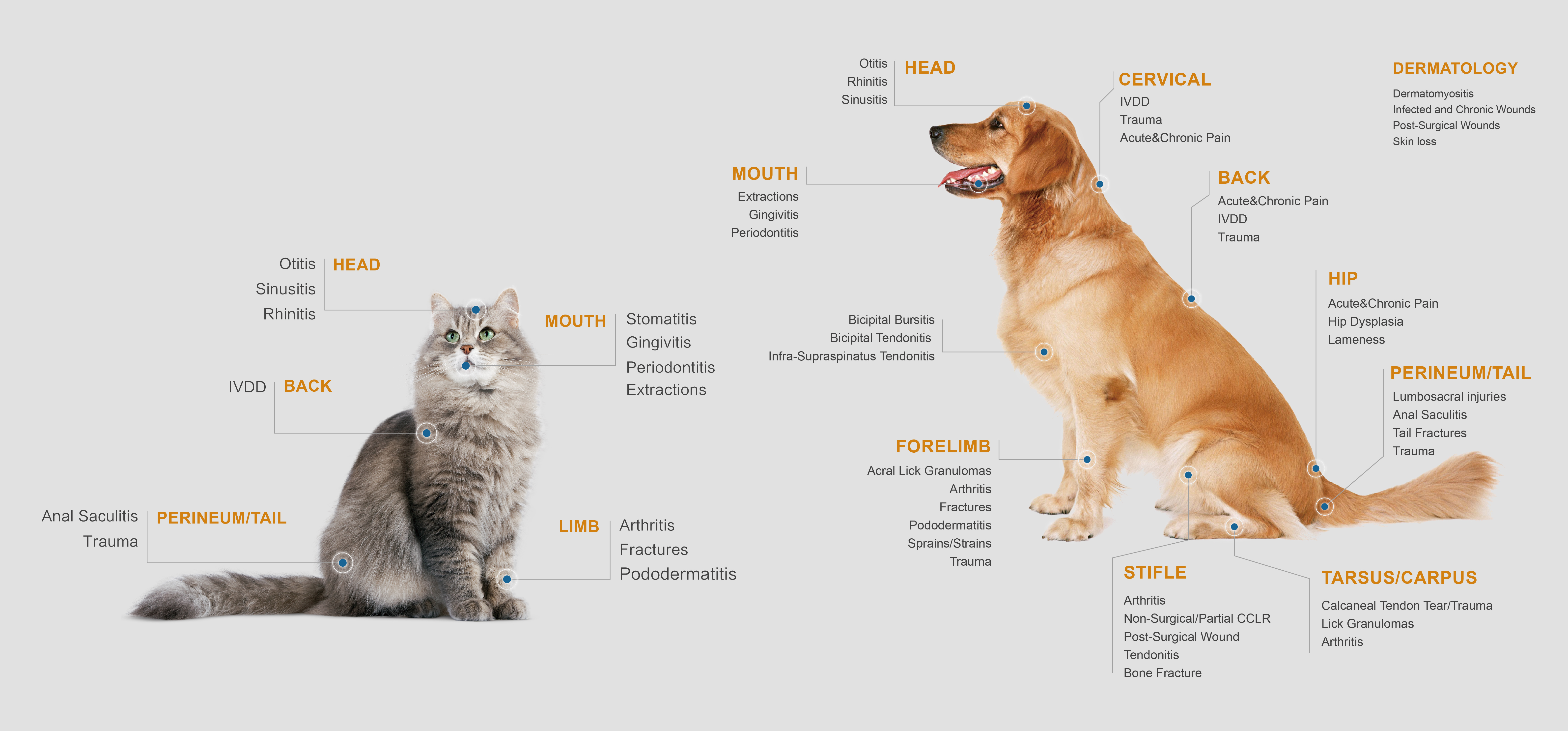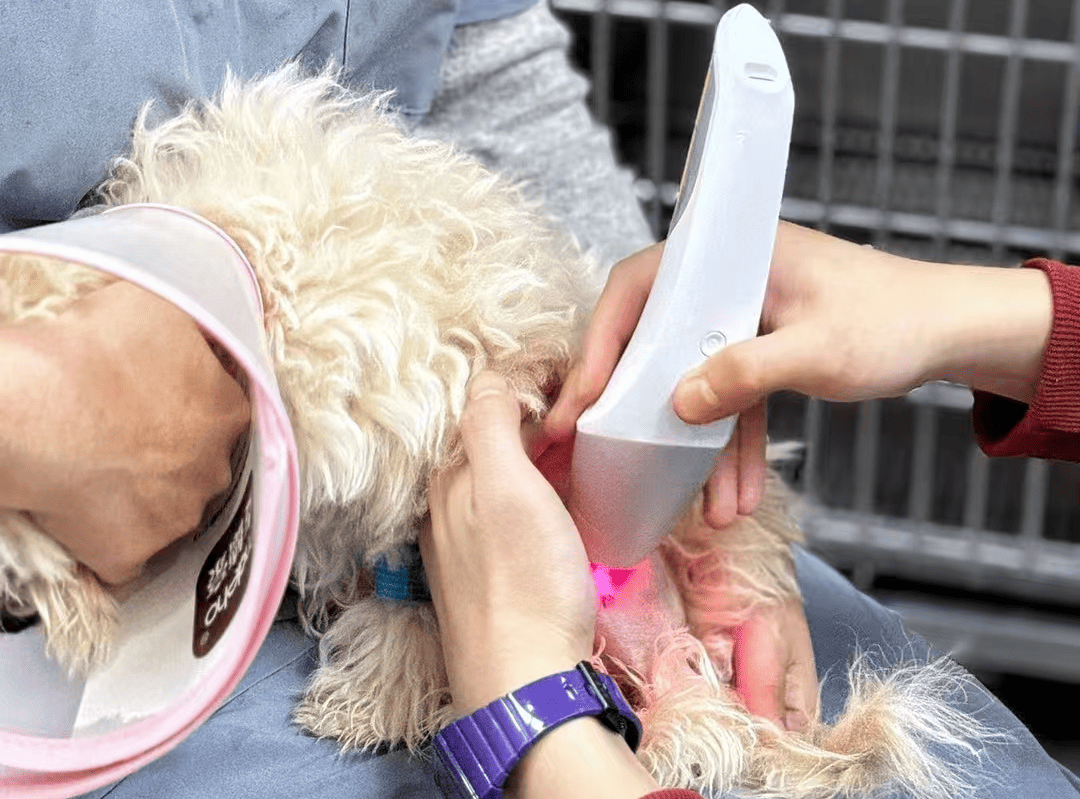Class 4 Laser Therapy - Everything You Need to Know

Class 4 laser therapy, as an important branch of physical therapy, has been widely used in Europe and the United States, and other countries due to its excellent clinical efficacy. However, for those who are not yet familiar with laser technology, class 4 laser or class 4 laser therapy may still be a relatively unfamiliar concept. In this article, we will bring you an in-depth analysis of the principles, functions, and clinical applications of class 4 lasers to help you fully understand this cutting-edge therapeutic technology.
What is a class 4 laser?
Lasers are classified according to their ability to cause damage to the surrounding environment, from class 1 (harmless in normal use) to class 4 (serious risk in direct eye or prolonged skin contact), class 4 lasers have an output power of 500 milliwatts and above, and are the most hazardous of the laser product classifications, and are mainly used in industry, scientific research, the military, and medicine, and other specialized fields. Class 4 lasers emit very high energies, so the use of class 4 lasers must strictly comply with safety regulations. Before use, it must be ensured that the operator has familiarized himself with the equipment and understands the contraindications, and during the use process, the operator and the subject must wear professional laser protective eyewear to prevent irreversible damage.
What is class 4 laser therapy?
Class 4 Laser Therapy (also known as High Intensity Laser Therapy, HLLT), is a non-invasive, drug-free treatment for deep tissue diseases such as arthritis and deep muscle injuries. It works by delivering specific wavelengths of infrared (IR) and near-infrared (NIR) light (typically 800-1000 nm), which have a biostimulatory effect on the targeted tissues, inducing a series of beneficial photophysical and photochemical reactions in the tissue.
How does class 4 laser therapy work?
1. Pain Relief
By increasing the release of endogenous analgesic substances such as endorphins and inhibiting nociceptive nerve conduction, it effectively relieves musculoskeletal and nerve-related pain. At the same time, the laser energy can be absorbed by the mitochondria within the cells, increasing the level of adenosine triphosphate (ATP) within the cells, promoting cellular metabolism and further neuropathic pain.
2. Relieve inflammation
By dilating blood vessels and activating the lymphatic drainage system, it reduces inflammatory cell activity and inflammatory factor production, and effectively relieves local inflammatory reactions. The thermal effect of the laser can promote blood circulation, enhance the nutrient supply and oxygen delivery to the tissues, and help the absorption and subsidence of inflammation.
3. Eliminate edema
Activates the lymphatic drainage system, removes metabolic wastes and inflammatory mediators, and at the same time dilates blood vessels, improves local blood circulation, and helps eliminate edema. The thermal effect of the laser can relieve muscle spasms, increase tissue flexibility, and further reduce swelling.
4. Promote tissue repair
Stimulates cell proliferation and differentiation, promotes the repair and regeneration of cartilage, bone, tendon, ligament, and muscle cells, reduces the formation of scar tissue, and accelerates the healing of damaged tissues. At the same time, lasers can promote collagen synthesis, enhance the strength and elasticity of the tissue.
What are the advantages of class 4 laser therapy?
1. Non-invasive,
Class 4 laser therapy by external irradiation of the skin, its energy can penetrate deeply into the deep tissues without causing damage to the physical structure of the skin and tissues, so it will not leave wounds or scars.
2. Painless and non-irritating:
When using a class 4 laser for treatment, the light beam is able to focus precisely on a specific treatment area, usually concentrating about 20% of the laser energy on the center of the wound, while the remaining about 80% of the energy is evenly distributed around the wound. This precise energy distribution and intensity control ensure that the entire laser treatment is painless and irritation-free. Pets may feel slight warmth but no significant discomfort.
3. No side effects
Class 4 lasers are non-ionizing radiation, which is harmless and safe for the body. It produces a mild and controlled thermal effect that does not cause excessive heating or burns to the tissues.
4. Simple operation, efficient treatment
Usually, a professional doctor can master the use of class 4 laser therapy in just one day to one week. A single laser treatment takes only 5 to 10 minutes and is extremely efficient.
5. Accelerated Wound Healing
Studies have shown that the class 4 laser enhances the body's autoimmune function and accelerates wound repair and healing. Clinical feedback shows that wounds treated with the laser heal about one-third faster than wounds that do not receive the treatment.
6. Wide range of applications
Class 4 Laser Therapy is suitable for a wide range of inflammation and pain management scenarios, and can be used as an adjunct to other rehabilitation programs (e.g., acupuncture, massage, etc.) to improve treatment efficiency and achieve better results.
What is a class 4 laser therapy used for?
Vaymed has established relationships with over 1500 pet hospitals. A large number of clinical feedback shows that class 4 laser is suitable for about 80% of clinical diseases, widely used in orthopedics, dermatology, neurology, and other key departments, and is able to effectively treat the following diseases:
Arthritis: including acute and chronic osteoarthritis, spondyloarthropathies, etc;
Muscle injuries: such as muscle strains, muscle strain, etc;
Skin wounds, abrasions;
Sarcoidosis, sacral tubulitis, periampullary fistulas, tinea pedis (athlete's foot);
Pain management. including back pain, neck pain, and shoulder pain;
otitis, sinusitis, stomatitis;
Periodontitis, gingivitis;
Intervertebral disc disease;
Post-operative rehabilitation, etc;
Fracture.

Class 3 Laser vs Class 4 Laser
Class 4 laser differs from class 3 laser in terms of output power, tissue penetration depth, treatment protocol, dose strategy, and clinical application. For more details, please read What is the Difference Between Class 3B Laser and Class 4 Laser? Overall speaking, class 4 laser is not only more effective in terms of treatment effect but also more economical compared to class 3 laser. Class 3 laser is only suitable for superficial tissue treatment, while class 4 laser can be used for deep tissue treatment; the single treatment time of class 4 laser is greatly shortened, which can significantly improve the treatment efficiency compared with class 3 laser, and the number of cases that can be treated on the same day can be increased, which will bring about an increase in revenue and effectively reduce the labor cost.
What are the contraindications to class 4 laser?
Do not aim the laser beam at the eyes
Do not use the laser on tumor sites
Do not use the laser on bleeding tissue
Do not use the laser to directly irradiate a pregnant uterus
Do not use the laser on patients who are not suitable for phototherapy









